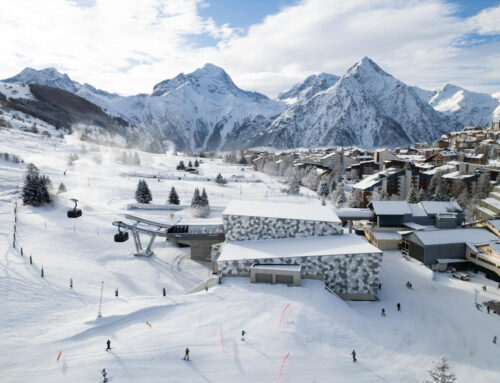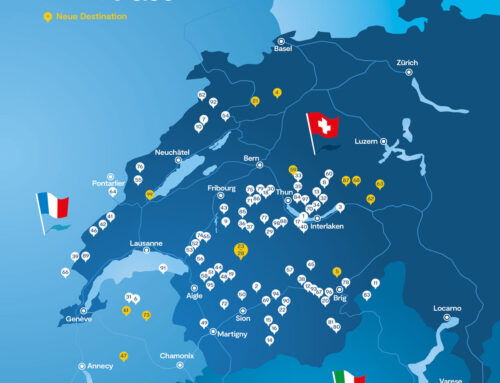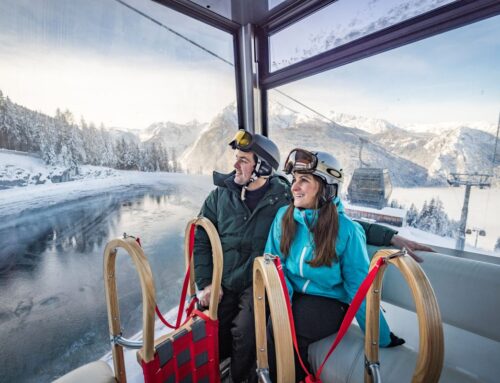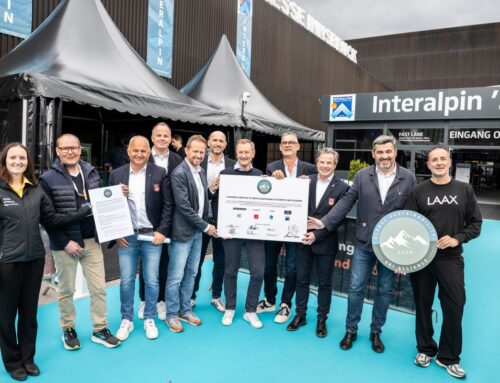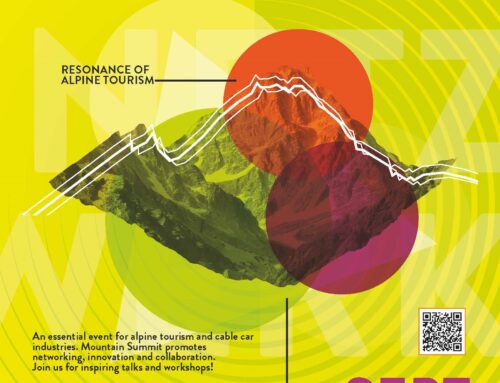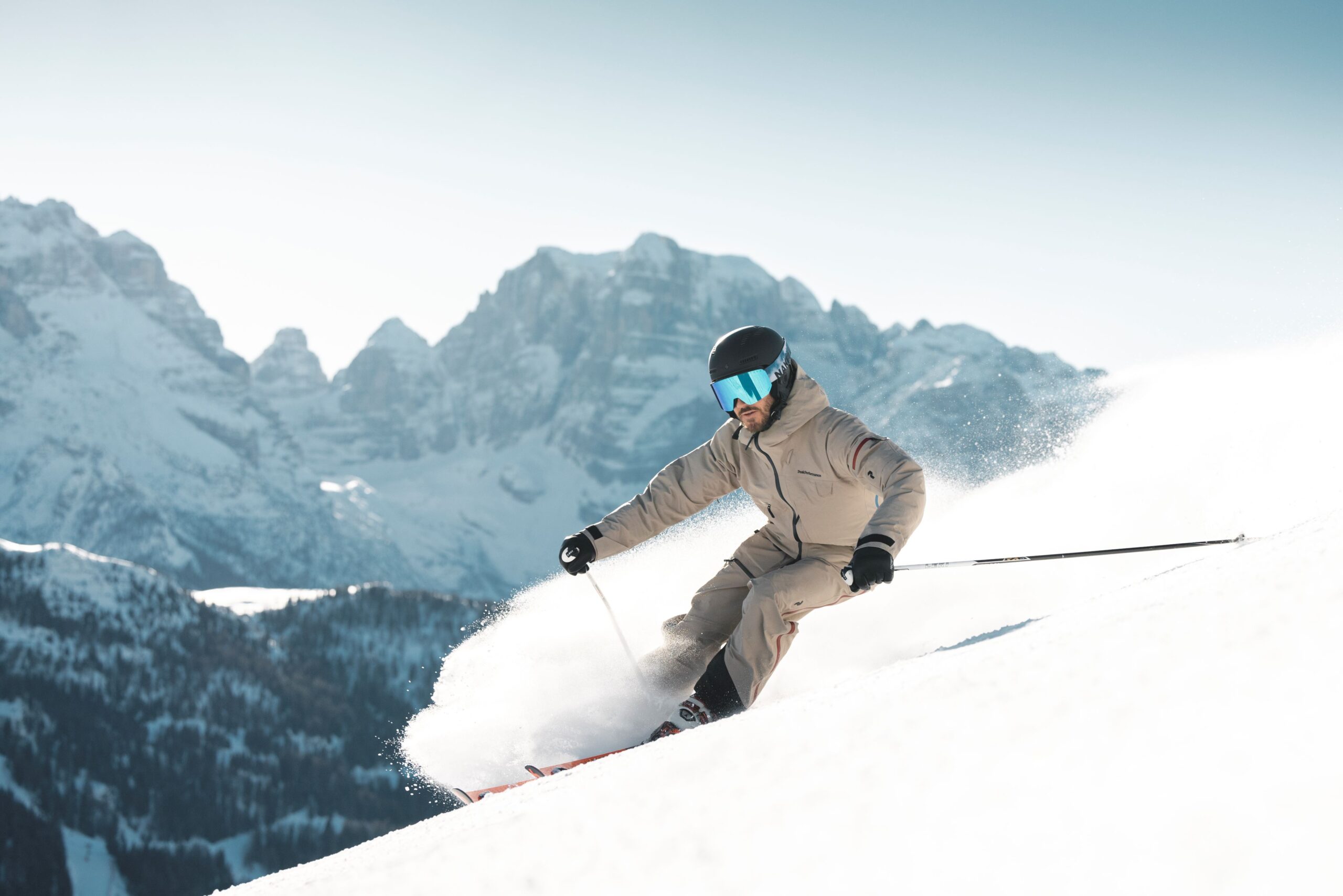
Management & Tourism
Italian Ski resorts measures against overtourism
The recent balance sheet of the 2024/2025 winter season was overall positive according to the Italian cable car association ANEF.
Despite a winter with little natural snow, the ski resorts were able to offer good conditions thanks to artificial snowmaking. Particularly notable was the increase in international guest numbers, while the number of Italian visitors slightly declined.
The Dolomiti Superski network, which includes twelve ski regions in the Italian Dolomites, also recorded a slight increase in visitor numbers of 0.89 percent.
The main source markets for ski tourists were Italy (45 percent) and Germany (15 percent), while the USA gained importance through cooperation with the IKON Pass, which offers access to more than 50 international ski resorts.
Measures against overtourism
In response to growing visitor numbers, Italian ski resorts are increasingly implementing targeted measures to manage tourism development sustainably.
According to the Austrian Economic Chamber, Madonna di Campiglio, for example, will introduce a limit on day ski passes during the peak season starting next winter.
The goal is to avoid overcrowding and improve the quality of the holiday experience. In addition, this restriction could have economic effects on tourism and related sectors.
It remains to be seen whether the new ski pass limit will further increase attractiveness for international guests or lead to a shift in visitor flows to other ski areas.
Monterosa Ski, on the other hand, is already taking a different approach: through dynamic pricing, the area has been able to steer visitor flows in a targeted manner while boosting the attractiveness of multi-day stays.
This is reflected in the figures of the current record season, with 650,000 entries and an 11.4 percent increase in multi-day ski passes.
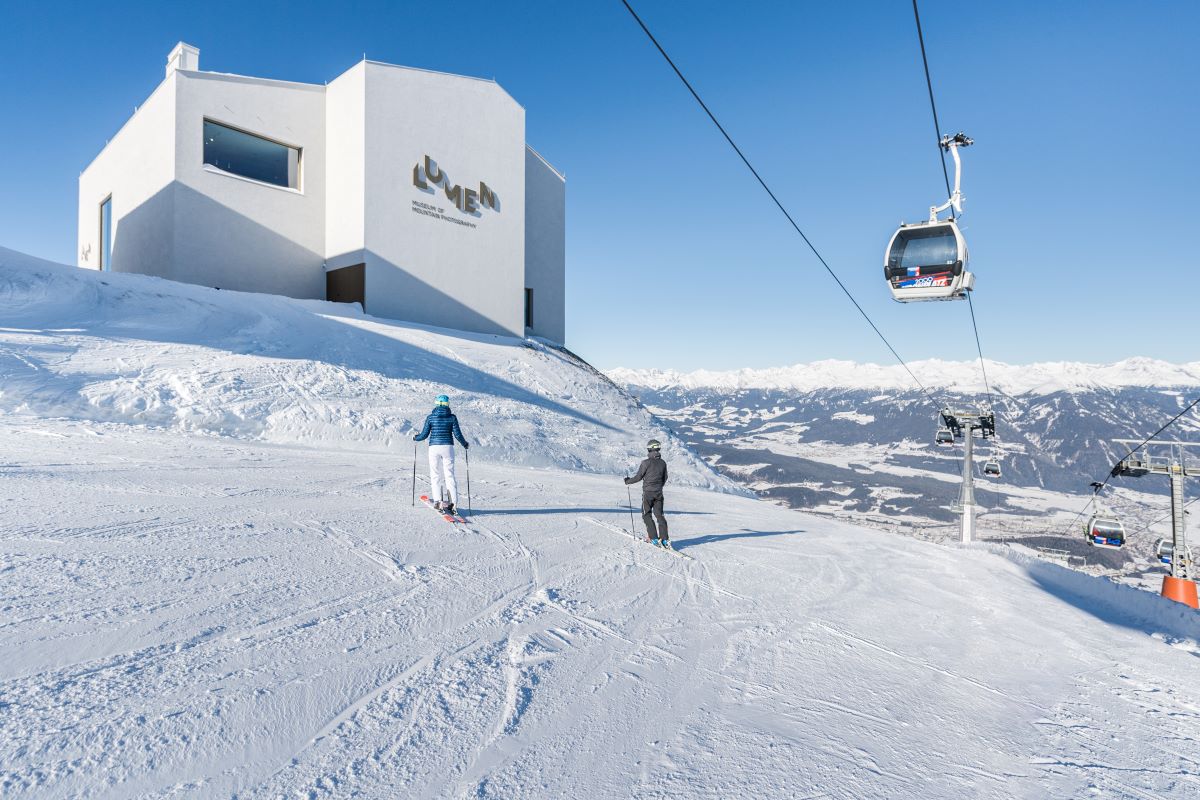
The end of the seasons
With the Easter weekend and early May, the last Italian ski resorts ended their season this year. However, some places such as Cervinia continued to offer skiing beyond that.
After a short break, planning for the summer season began, which is becoming increasingly longer and more important from a tourism perspective.
Many ski resorts are now significantly shortening the transition time between winter and summer operations. Almost all destinations are working on reducing seasonality, a development that is becoming increasingly established and already showing positive economic results.
While certain periods were previously open only for maintenance or limited tourist services, today the economic benefits of this strategy are being actively leveraged.
Effects on other countries
The developments in Italy also affect the tourism industry in other countries.
Ski resorts such as Grindelwald-Wengen (Switzerland), Aspen (USA), and Chamonix (France) are also using various strategies against overtourism, from ski pass limits to dynamic pricing and environmental requirements to regulate visitor numbers and improve the quality of the ski experience.
In general, tour operators, hotels, and ski equipment suppliers are adapting to the trend in Italy. Early bookers benefit, while spontaneous travelers face challenges.
New questions are also arising for the ski industry: fewer skiers could affect equipment sales, while premium offers are seeing higher demand. Moreover, sustainable tourism strategies are also being discussed in other countries – could a ski pass limit become a global model?


